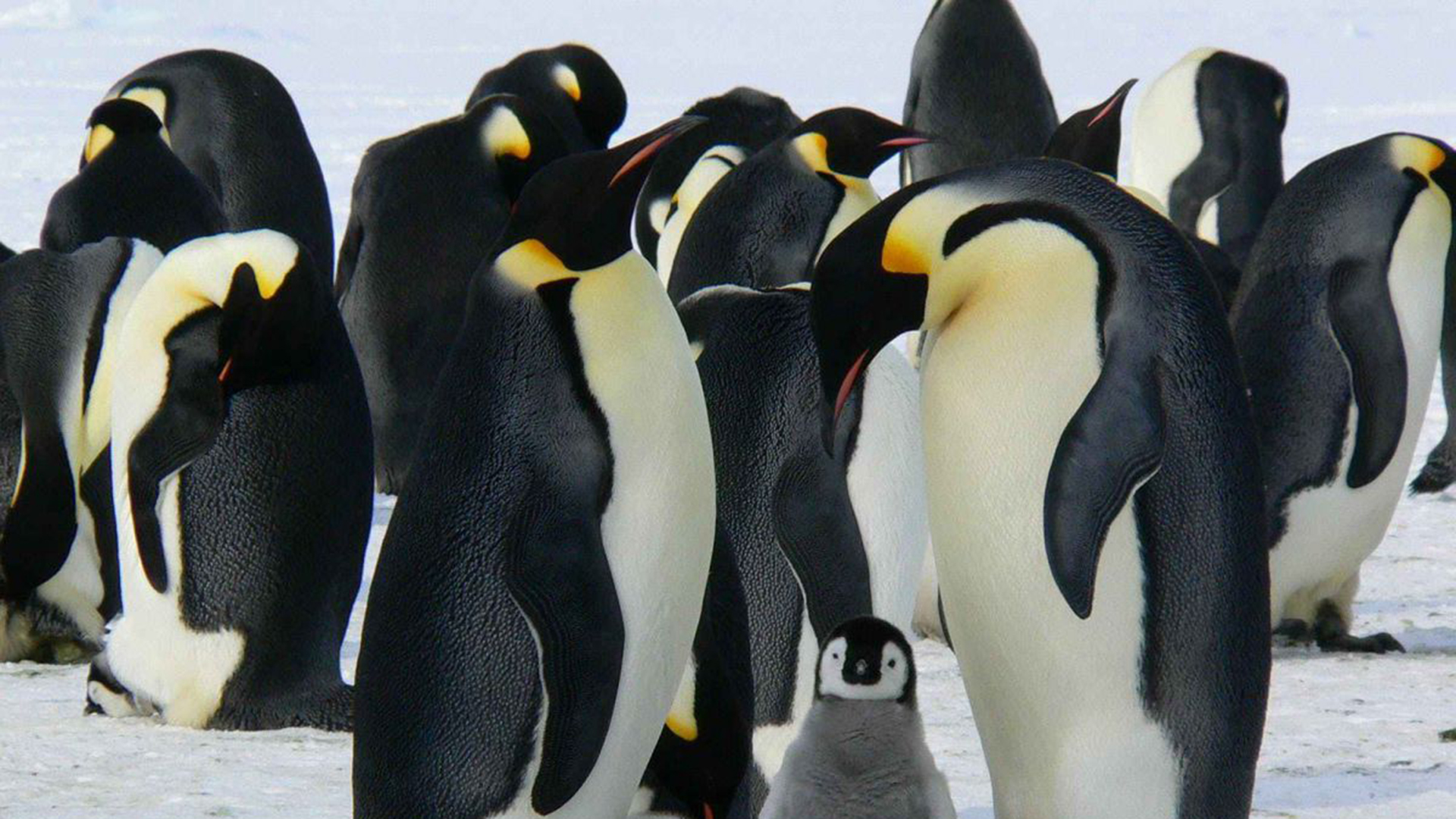Betrayed by poop

Who knows if they wanted to be found. Or if they would have preferred to stay there, ignored and unaware, in the ice of Antarctica. But it happened. Satellite images have tracked them down, betrayed by poop.
A colony of emperor penguins (Aptenodytes forsteri) has been sighted by chance in one of the most remote and inaccessible regions of Antarctica: it is about 1000 adult birds in pairs with several young, which add to the other 65 colonies of emperor penguins known and present in the region, half of which were discovered thanks to satellite images. During the last 15 years, scientists have searched for new colonies by sifting through images collected by satellites, in particular by focusing on traces of guano, whose dark brown color makes it much easier to identify the presence of individuals on the layer of white ice.
The most recent colony was located at Verleger Point, West Antarctica, and discovered thanks to images from the European Union’s Copernicus Sentinel-2 satellite mission, later confirmed by high-definition images from a second satellite, Maxar WorldView-3 , which detects objects up to 30 cm in size. “This is an exciting discovery," said Dr Peter Fretwell of the British Antarctic Survey (BAS), who led the research, initially. But the enthusiasm did not last long because this too, like all the other colonies in the region, is suffering the consequences of climate change.
Even if the discovery dates back to last December, the news only came out recently because January 20th is Penguin Awareness Day. And awareness, about what happens to penguins, the world has a good need for. Emperor penguins are the tallest and heaviest of all penguins in the world (approx. 1 meter x 45 kg) and are the only ones that breed on ice instead of land. And, we know, Antarctica’s ice is put to the test by global warming precisely because of its constant melting. Furthermore, these are practically inaccessible zones and therefore the colonies are very difficult to study or to approach, living moreover at temperatures around the -60°C. These penguins need solid ice between April and September to ensure the chicks have time to grow strong enough to face the following months. Which is becoming increasingly difficult and risky and which makes them very vulnerable due to the rise in temperatures which, by melting the ice ahead of time, puts the little ones at risk of falling into the water and freezing or drowning before being able to swim and survive independently.
The very size of the colony has a significant impact on its survival: emperor penguins huddle together in compact groups precisely to protect themselves from snow and ice storms, especially in the two months in which the males incubate the eggs before they hatch. More than one colony has been dispersed by melting ice, including one at Marguerite Bay (studied since the 1940s) and another at Halley Bay, which had been stable for 50 years.
Fretwell’s words are stark, but inevitably true. “Most emperor penguins won’t see a human for their entire lives. But what we humans are doing on the other side of the world is slowly killing them." Since 2015, the melting of sea ice in Antarctica has accelerated dramatically, with consequences for penguins so rapid and alarming that they cannot even be adequately studied. And in these months 2022-2023 the conditions are the worst ever. Previous research had already predicted it: over 90% of colonies will be lost by the end of the century if adequate actions are not put in place to drastically reduce greenhouse gas emissions. In fact, there is very little for penguins to do except contain/reduce global warming in a clear and decisive manner. “We can protect supply areas by banning fishing but melting ice is the real problem and it cannot be solved on a local scale," Fretwell told The Guardian. Emperor penguins are classified as a threatened species under the Endangered Species Act in the United States.
